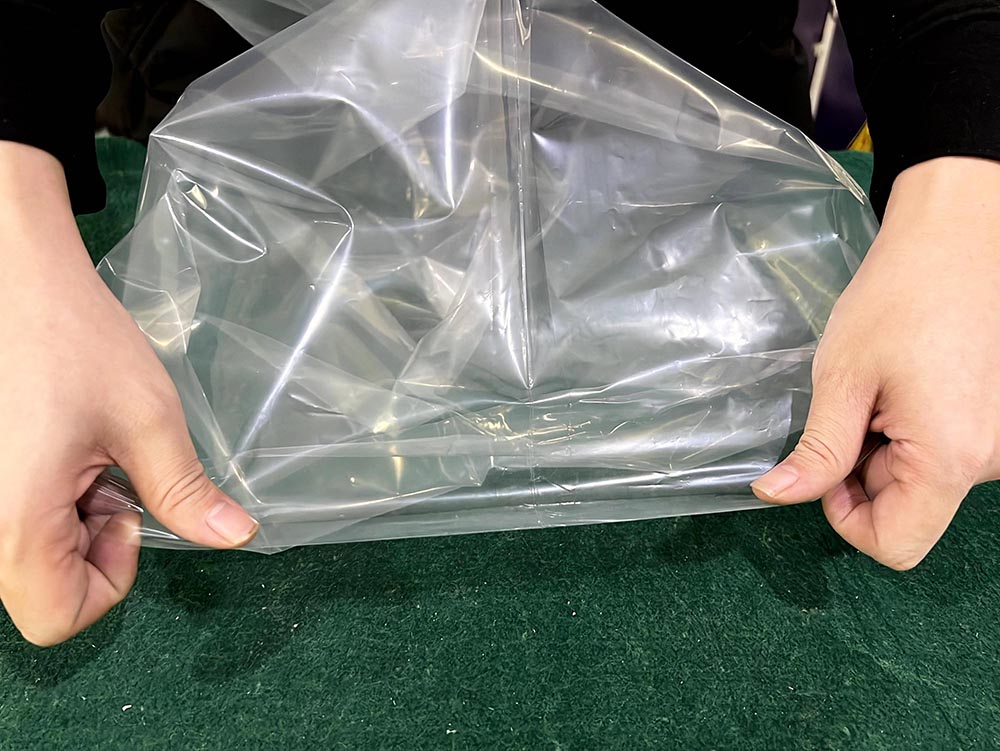Imagine this: Your factory’s extrusion line grinds to a halt because the PVC shrink film keeps turning brittle mid-run. Or a client sends back a batch—half the film shrank unevenly, leaving product packaging looking messy. These aren’t just minor hiccups; they’re costly problems rooted in one often-overlooked component: your PVC stabilizer.
For anyone working with PVC shrink film—from production managers to packaging designers—stabilizers aren’t just “additives.” They’re the fix for the industry’s most common pain points, from high scrap rates to lackluster shelf presence. Let’s break down how they work, what to avoid, and why the right stabilizer can turn frustrated clients into repeat customers.
First: Why Shrink Film Is Different (And Harder to Stabilize)
PVC shrink film isn’t like regular cling film or rigid PVC pipes. Its job is to shrink on demand—usually when hit with heat from a tunnel or gun—while staying strong enough to protect products. That dual requirement (heat responsiveness + durability) makes stabilization tricky:
• Processing heat: Extruding shrink film requires temperatures up to 200°C. Without stabilizers, PVC breaks down here, releasing hydrochloric acid (HCl) that corrodes equipment and turns film yellow.
• Shrinking heat: The film then needs to handle 120–180°C again during application. Too little stabilization, and it tears; too much, and it won’t shrink evenly.
• Shelf life: Once packaged, the film sits in warehouses or under store lights. UV rays and oxygen will make unstabilized film brittle in weeks—not months.
A mid-sized packaging plant in Ohio learned this the hard way: They switched to a cheap lead-based stabilizer to cut costs, only to see scrap rates jump from 5% to 18% (film kept cracking during extrusion) and a major retailer reject a shipment for yellowing. The fix? A calcium-zinc (Ca-Zn) stabilizer. Scrap rates dropped back to 4%, and they avoided a $150,000 reorder fee.
The 3 Stages Where Stabilizers Make or Break Your Shrink Film
Stabilizers don’t just work once—they protect your film through every step, from the extrusion line to the store shelf. Here’s how:
1. Production Stage: Keep Lines Running (and Reduce Waste)
The biggest cost in shrink film manufacturing is downtime. Stabilizers with built-in lubricants reduce friction between PVC melt and extrusion dies, preventing “gelling” (clumpy resin that clogs machines).
• Cuts changeover time by 20% (less cleaning of gunked-up dies)
• Lowers scrap rates—good stabilizers ensure consistent thickness, so you don’t throw out uneven rolls.
• Boosts line speed: Some high-performance Ca-Zn blends let lines run 10–15% faster without sacrificing quality
2. Application Stage: Ensure Even Shrink (No More Lumpy Packaging)
Nothing frustrates brand owners like shrink film that sags in one spot or pulls too tight in another. Stabilizers control how PVC molecules relax during heating, ensuring:
• Uniform shrinkage (50–70% in the machine direction, per industry standards)
• No “necking” (thin spots that tear when wrapping bulky items)
• Compatibility with different heat sources (hot air tunnels vs. handheld guns)
3. Storage Stage: Keep Film Looking Fresh (Longer)
Even the best shrink film fails if it ages poorly. UV stabilizers work with thermal stabilizers to block light that breaks down PVC, while antioxidants slow oxidation. The result?
• 30% longer shelf life for films stored near windows or in warm warehouses
• No yellowing—critical for premium products (think cosmetics or craft beer)
• Consistent cling: Stabilized film won’t lose its “tight hold” on products over time
The Big Mistake Brands Make: Choosing Stabilizers for Cost, Not Compliance
Regulations aren’t just red tape—they’re non-negotiable for market access. Yet many manufacturers still opt for cheap, non-compliant stabilizers, only to face costly rejections:
• EU REACH: Since 2025, lead and cadmium in PVC packaging are banned (no detectable levels allowed).
• FDA Rules: For food-contact films (e.g., wrapping water bottles), stabilizers must meet 21 CFR Part 177—migration into food can’t exceed 0.1 mg/kg. Using industrial-grade stabilizers here risks FDA fines.
• China‘s New Standards: The 14th Five-Year Plan mandates 90% of toxic stabilizers be replaced by 2025. Local manufacturers are now prioritizing Ca-Zn blends to avoid penalties.
The solution? Stop viewing stabilizers as a cost center. Ca-Zn stabilizers may cost 10–15% more than lead-based options, but they eliminate compliance risks and reduce waste—saving money in the long run.
How to Pick the Right Stabilizer
You don’t need a chemistry degree to choose a stabilizer. Just answer these 4 questions:
▼ What‘s the end product?
• Food packaging: FDA-compliant Ca-Zn
• Outdoor products (e.g., garden tools): Add a UV stabilizer
• Heavy-duty wrapping (e.g., pallets): High-mechanical-strength blends
▼ How fast is your line?
• Slow lines (under 100 m/min): Basic Ca-Zn works
• Fast lines (150+ m/min): Choose stabilizers with extra lubrication to prevent friction.
▼ Do you use recycled PVC?
• Post-consumer resin (PCR) needs stabilizers with higher thermal resistance—look for “PCR-compatible” labels.
▼ What‘s your sustainability goal?
• Bio-based stabilizers (made from soybean oil or rosin) have 30% lower carbon footprints and work well for eco-brands.
Stabilizers Are Your Quality Control Secret
At the end of the day, shrink film is only as good as its stabilizer. A cheap, non-compliant option might save money upfront, but it’ll cost you in scrap, rejected shipments, and lost trust. The right stabilizer—usually a Ca-Zn blend tailored to your needs—keeps lines running, packages looking sharp, and clients happy.
If you’re dealing with high scrap rates, uneven shrinkage, or compliance worries, start with your stabilizer. It’s often the fix you’re missing.
Post time: Sep-28-2025


